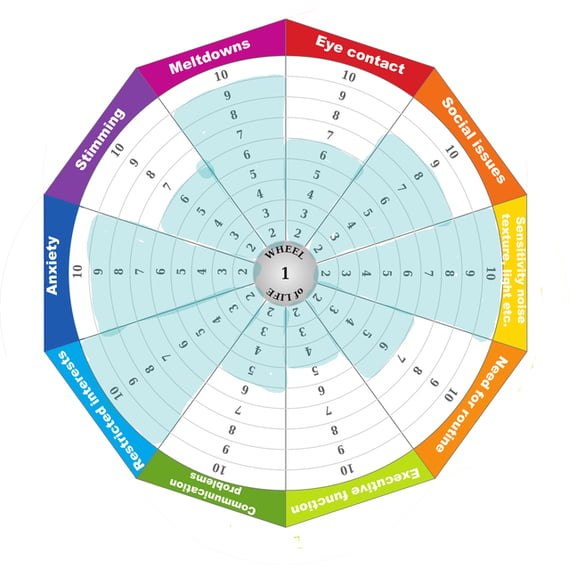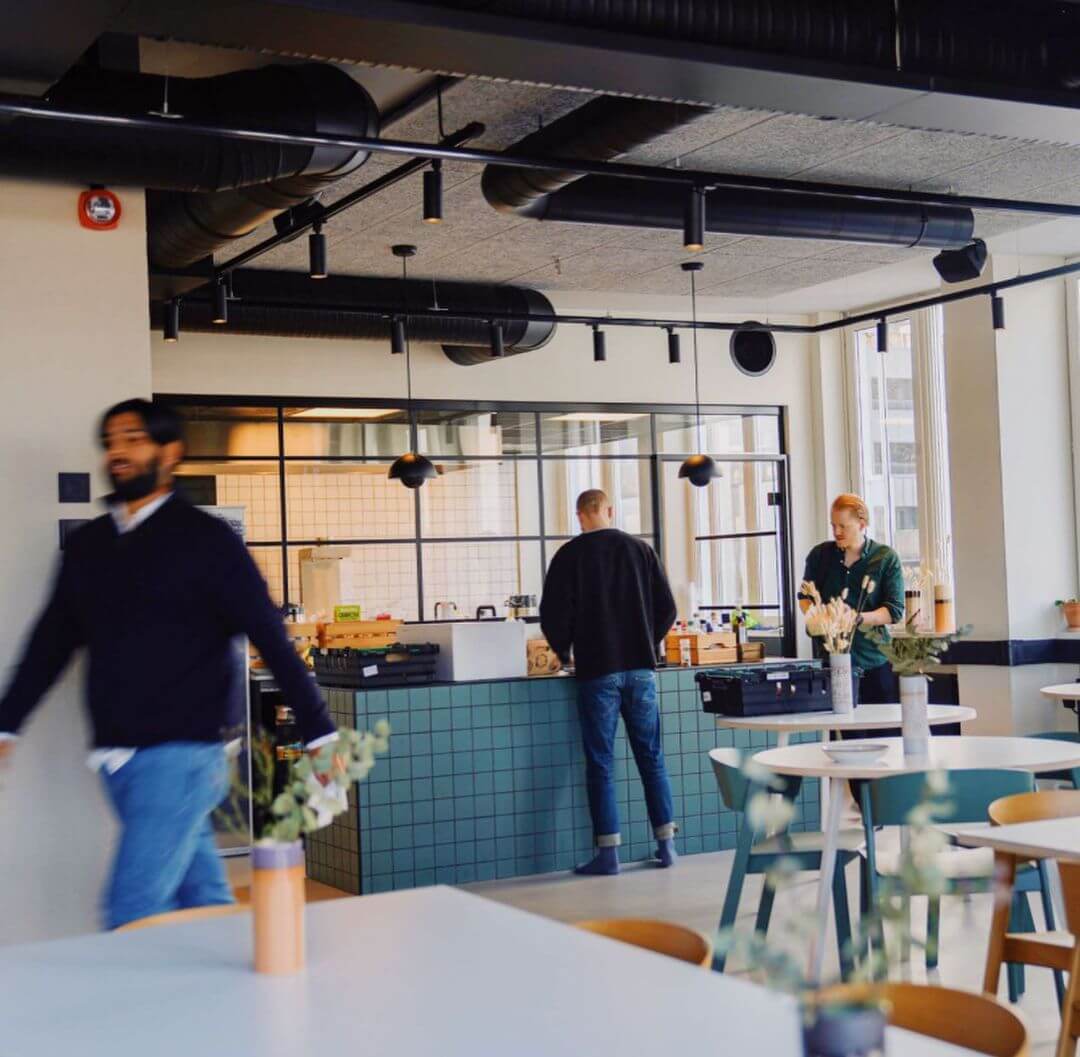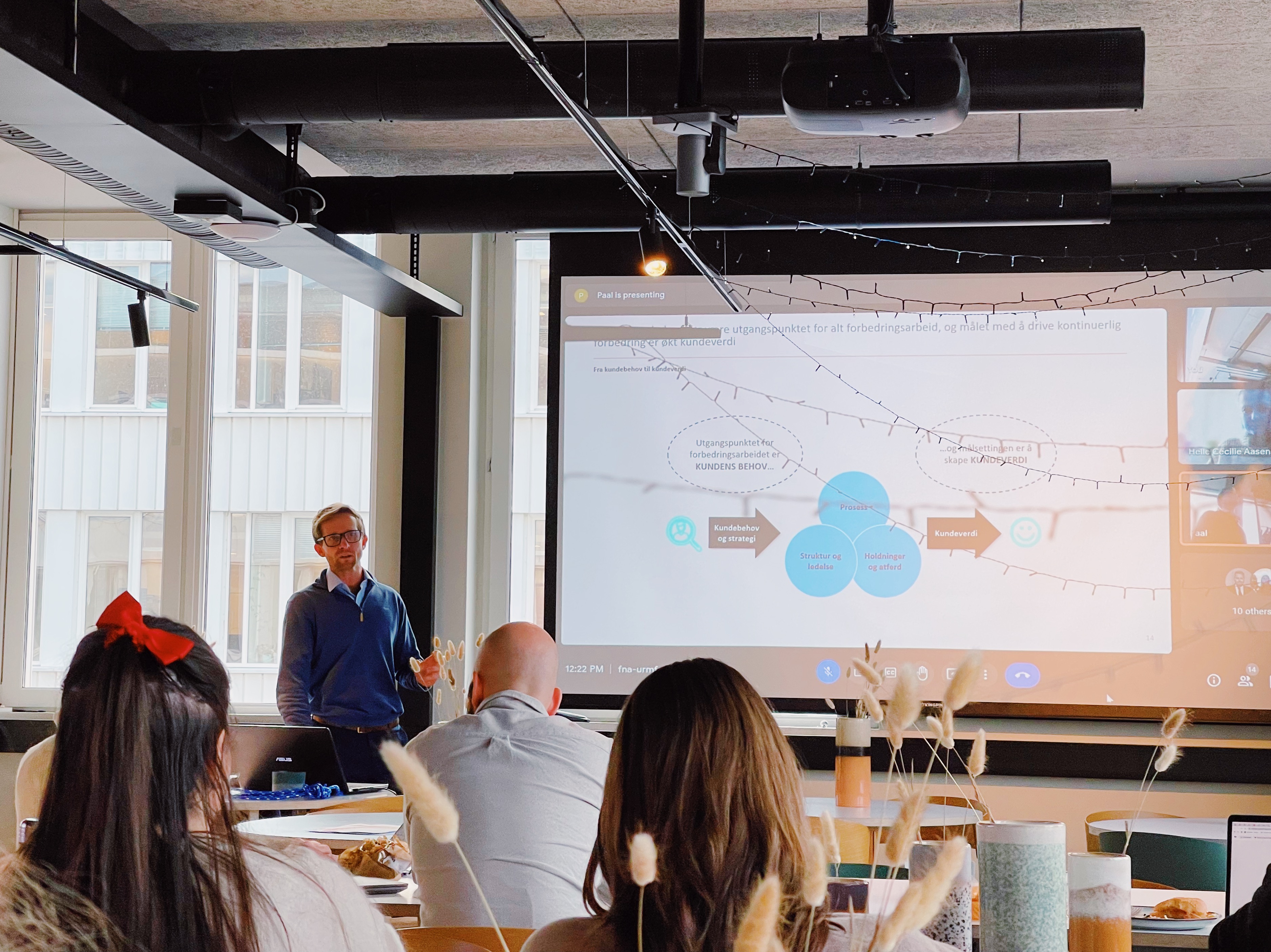
Diverse Voices: Recruitment on the Spectrum
Creating a space where people with Autism Spectrum Disorder (ASD) feel seen, heard, and respected starts with understanding their needs and doing what you can to make your workplace more accessible. We sat down with Sara to learn about her experience with ASD and what employers can do to improve inclusivity.
Those with Autism Spectrum Disorder (ASD) have unique strengths and weaknesses that impact how they experience and function in the workplace. Creating a space where people with ASD feel seen, heard, and respected starts with understanding their needs and doing what you can to make your workplace more accessible.
In the same way that you would make your workplace accessible for people with physical disabilities, tailoring your hiring processes and work to accommodate the different strengths and weaknesses of individuals with ASD, and other neurodivergent disorders, is an essential part of an inclusive working environment.
For this chapter of our Diverse Voices Series, we sat down with Sara Kohmann to talk about her experience with ASD and what steps you can take to make your hiring processes and workplace inclusive and safe for all.
If you want to check out other articles in our Diverse Voices Series, you can read stories from Seb, Marte, and parents at Amby.
Sara's Journey with ASD
Sara - like many women - was diagnosed later in life. She finally got her ASD diagnosis during her first year of university. Before being diagnosed and growing up, she always performed well in school and could keep up with the neurotypical people in her life. However, because the world accomodates for neurotypical people, she struggled with anxiety and consistently being misunderstood by the people around her. It wasn't anyone's fault, but it was difficult for Sara growing up when people didn't understand that she functioned differently than the people around her and why that was happening. It caused a lot of anxiety and confusion for her, which is something that many Autistic people experience.
Wondering why it's more likely for women to be diagnosed with Autism later on in life? Find out here.
After being diagnosed with ASD in 2019, Sara has been able to be more open with herself and the people around her about being Autistic. Finally, understanding and being able to communicate with others that her brain functions differently has helped her with the anxiety and stress she feels every day. When she's in situations where - in the past - people would struggle to relate to her, she can now explain why she functions and interprets things differently. Since being diagnosed, Sara can advocate for herself and allow people to be more understanding and compassionate towards her and her experience.
Since childhood, she has had to "take herself down a notch" to make the people around her more comfortable. This is something that many people with Autism struggle with since they feel as though they have to work hard to fit in with the neurotypical people around them. Over time, people-pleasing becomes second nature but can become exhausting and cause a lot of anxiety for Autistic people.
When someone else is upset or angry, Sara struggles to distinguish between when that emotion is directed at her or about something else entirely. In situations like this, anxiety beings to creep up because she often feels as though people are upset with her or that she's said or done something wrong when they're actually just upset about something else or having a bad day. Adding context to your emotions, with a simple "I've had a really hard day, and I'm not upset with you…" can go a long way in easing anxiety for people with Autism.
Adding context to your emotions, with a simple "I've had a really hard day, and I'm not upset with you…" can go a long way in easing anxiety for people with Autism.
Something else that can be particularly stressful for Sara is lunch/food breaks. People with Autism often have difficulty eating because certain textures can be difficult for them to handle. When you put texture sensitivity together with a 30-minute break that combines eating and socializing, it can become very overwhelming. She often feels like she needs to choose between taking the time to socialize or taking the time to eat because it's overwhelming to do both simultaneously.
Improving Inclusivity for those with ASD
Schools and workplaces must treat people with Autism with the same level of respect and care as anyone else. In the same way that you would equip a neurotypical person with everything they need to feel supported at work, we should check in with neurodivergent people about what they need to feel supported. This means creating an environment and working culture that is respectful and compassionate towards the Autistic experience.
It can be an upsetting experience for people with Autism to go through a meltdown or shut down in front of others, so finding the best ways to support them during those moments is important. Rather than waiting until it's too late, you should find out ahead of time what they need in those moments to help them move through it.
“Something really important to keep in mind when you're trying to help an Autistic person who is having a meltdown or a shutdown is getting consent. Most Autistic people don't want to be touched during these moments, and getting consent from them regarding whether they want your help is essential. "What do you need?" is a great question to ask in these moments."
It's also important to understand that individuals with Autism are not just one extreme or the other. The Autism spectrum is just that - a spectrum. It's rarely a linear spectrum as every individual will struggle more or less with certain symptoms of the disorder than others. Put simply, each individual living with Autism will have a different set of strengths and weaknesses that they experience daily. See the graph from Psychology Today to see how you can view autism as a wheel, rather than a line.

The most important thing to do to spread awareness around ASD is to have open conversations and advocate for one another.
To further your education around ASD and continue to break down stereotypes, Sara recommends checking out autistic creators and individuals who talk about their experiences with Autism. Stephanie Bethany, Chloe Hayden, and Paige Layle are well-known autistic women creators who share their experiences around living with Autism and can provide a lot of helpful insight into how to be an ally.
Actionable Steps Towards Inclusivity
Last but not least, let's dive into how you can improve your hiring process and overall workplace more inclusive for those experiencing ASD.
- Provide a quiet space: Many individuals with Autism are sensitive to noise and may find it difficult to concentrate in a noisy environment. Providing a designated quiet area for work or breaks can help them to feel more comfortable and focused.
- Use clear communication: Individuals on the autism spectrum may have difficulty with social communication, so it is essential to use clear and direct language when communicating with them. Avoid using sarcasm or idioms, and be patient if they need extra time to process information.
- Consider their sensory needs: Sensory sensitivities are common in individuals with Autism, so it is important to consider the sensory environment of the workspace. This may include providing noise-canceling headphones, adjusting lighting, or minimizing strong smells.
- Create a structured routine: Individuals with Autism often thrive on routine and structure. Creating a predictable routine for tasks and meetings can help them to feel more comfortable and reduce anxiety.
- Offer accommodations: Depending on the individual's needs, they may require accommodations such as a modified work schedule, assistive technology, or additional training. Be open to discussing and providing these accommodations as needed.
- Stay Informed: Further your education around ASD and continue to break down stereotypes by checking out autistic creators and individuals such as Stephanie Bethany, Chloe Hayden, and Paige Layle.
- Adjust your recruitment process: Deep dive into ways that you can support ASD applicants through a neurotypical recruitment process.
By taking these steps, companies can make their workspace more inclusive and supportive for individuals on the autism spectrum. Something important to remember is that each and every person has valuable contributions to make, and creating an inclusive environment benefits everyone by opening doors for diverse thinking and ways of doing things.

Shannon Hill
Studies BA Law, Psychology, and Philosophy. Talent Acquisition Consultant at Amby. Passionate about recruitment, diversity, equality, and inclusion.
LinkedIn



